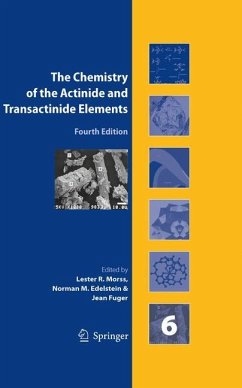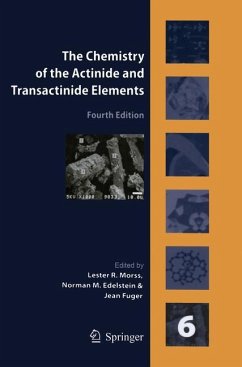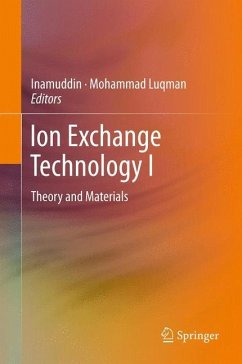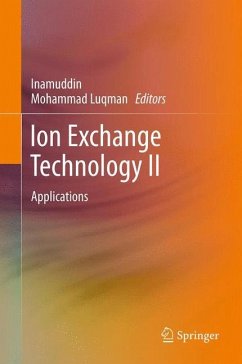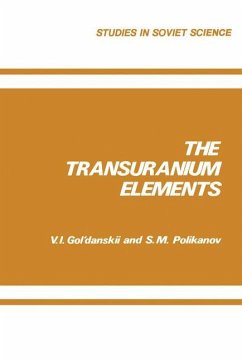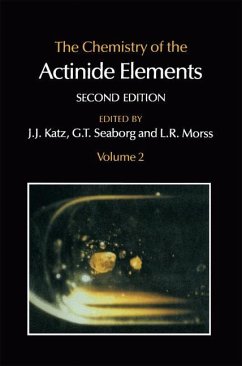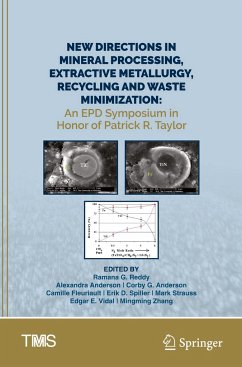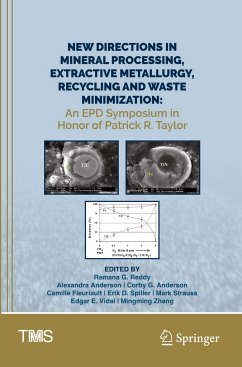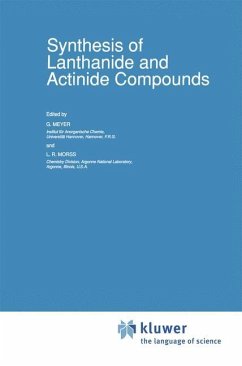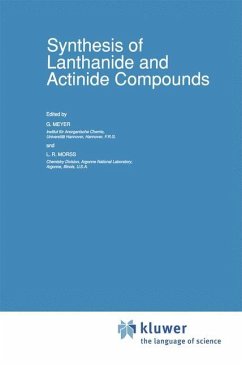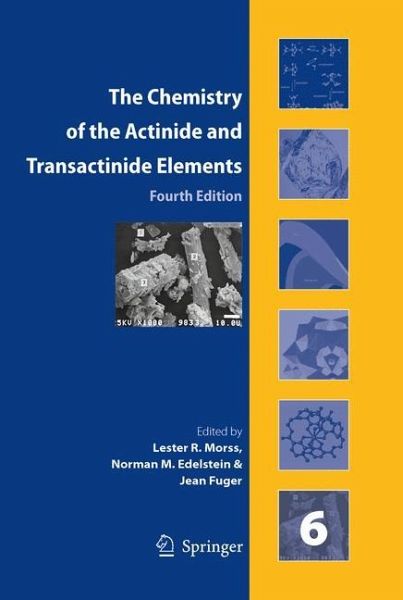
The Chemistry of the Actinide and Transactinide Elements (Set Vol.1-6)
Volumes 1-6
Herausgegeben: Morss, L.R.; Edelstein, Norman M.; Fuger, Jean;Mitarbeit: Katz, Joseph J.

PAYBACK Punkte
211 °P sammeln!
The fourth edition of "The Chemistry of the Actinide and Transactinide Elements" comprises all chapters in volumes 1 through 5 of the third edition (published in 2006) plus a new volume 6. To remain consistent with the plan of the first edition, " ... to provide a comprehensive and uniform treatment of the chemistry of the actinide [and transactinide] elements for both the nuclear technologist and the inorganic and physical chemist," and to be consistent with the maturity of the field, the fourth edition is organized in three parts.The first group of chapters follows the format of the first an...
The fourth edition of "The Chemistry of the Actinide and Transactinide Elements" comprises all chapters in volumes 1 through 5 of the third edition (published in 2006) plus a new volume 6. To remain consistent with the plan of the first edition, " ... to provide a comprehensive and uniform treatment of the chemistry of the actinide [and transactinide] elements for both the nuclear technologist and the inorganic and physical chemist," and to be consistent with the maturity of the field, the fourth edition is organized in three parts.
The first group of chapters follows the format of the first and second editions with chapters on individual elements or groups of elements that describe and interpret their chemical properties. A chapter on the chemical properties of the transactinide elements follows. The second group, chapters 15-26, summarizes and correlates physical and chemical properties that are in general unique to the actinide elements, because most of these elements containpartially-filled shells of 5f electrons whether present as isolated atoms or ions, as metals, as compounds, or as ions in solution. The third group, chapters 27-39, focuses on specialized topics that encompass contemporary fields related to actinides in the environment, in the human body, and in storage or wastes. Two appendices at the end of volume 5 tabulate important nuclear properties of all actinide and transactinide isotopes. Volume 6 (Chapters 32 through 39) consists of new chapters that focus on actinide species in the environment, actinide waste forms, nuclear fuels, analytical chemistry of plutonium, actinide chalcogenide and hydrothermal synthesis of actinide compounds. The subject and author indices and list of contributors encompass all six volumes.
The first group of chapters follows the format of the first and second editions with chapters on individual elements or groups of elements that describe and interpret their chemical properties. A chapter on the chemical properties of the transactinide elements follows. The second group, chapters 15-26, summarizes and correlates physical and chemical properties that are in general unique to the actinide elements, because most of these elements containpartially-filled shells of 5f electrons whether present as isolated atoms or ions, as metals, as compounds, or as ions in solution. The third group, chapters 27-39, focuses on specialized topics that encompass contemporary fields related to actinides in the environment, in the human body, and in storage or wastes. Two appendices at the end of volume 5 tabulate important nuclear properties of all actinide and transactinide isotopes. Volume 6 (Chapters 32 through 39) consists of new chapters that focus on actinide species in the environment, actinide waste forms, nuclear fuels, analytical chemistry of plutonium, actinide chalcogenide and hydrothermal synthesis of actinide compounds. The subject and author indices and list of contributors encompass all six volumes.



